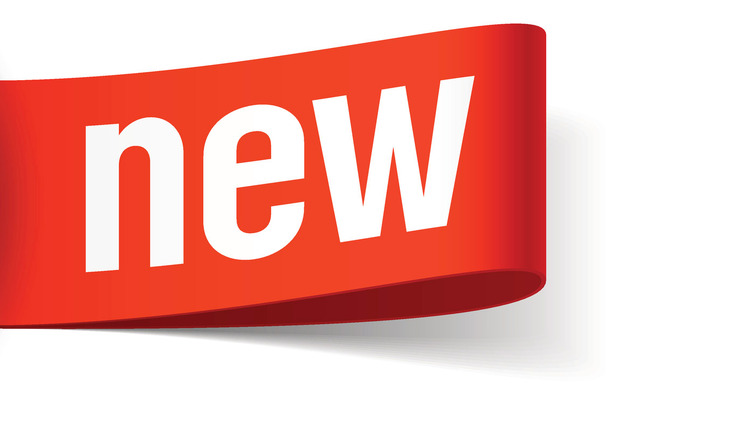When should you buy new inserting equipment? That’s an excellent question.
Don’t automatically assume new inserters are the best solution for problems you might have in the mail center. New machines are sometimes the right strategy, but it’s not always the case. I recommend my clients look at all parts of their document production workflow before they decide on a major investment like new inserting gear.
Problems affecting productivity and accuracy, two of the issues often cited by new equipment seekers, won’t necessarily go away when you install a new inserter. Even worse, a faster machine might mask the real problems and delay your efforts in correcting them. I’ve even seen cases where materials that ran perfectly on old equipment caused so many jams on faster devices the throughput actually decreased. That’s why a complete investigation should be the first step.
First, Analyze Idle Time
When a mailing operation is unhappy about inserting, the first thing I look for is excessive downtime. If machines aren’t running, rated speeds don’t matter. It’s important to track down exactly why the machines are not operating at capacity. Inserters can be idle more often than they should for a variety of reasons. Many of them have little to do with the equipment:
- Burdensome balancing, logging, and reporting procedures
- Waiting for materials
- Operator duties like retrieving pallets from the warehouse or breaking down cardboard for recycling
- Extra time between jobs spent smoking, chatting, or checking social media
- Too many small jobs
- Lack of space to stage materials efficiently, requiring long walks to replenish supplies
- Lots of product variation among jobs, demanding constant machine adjustments
- Certain jobs run slow or cause excessive jams
If any of these conditions are present, it pays to fix them before going on an inserting machine shopping tour. Once you have optimized the operation, the answer to the new equipment question will then be obvious.
Ideas for Workflow Improvement
Reorganizing jobs or combining several small jobs can cut time spent on changeovers, stock movement, and end-of-job reconciliation. Envelope or insert design modifications can eliminate excessive jams and allow jobs to run with fewer operator interventions.
Here are a few other ideas that can make inserting more productive:
- Standardize address block locations on the documents and switch to a common outbound envelope
- Give warehouse staff access to job scheduling data so they can stage materials before they are needed
- Remove end of job reconciliation duties from machine operator tasks
- Assign empty carton removal and recycling to a roaming employee that services all inserting stations
- Switch from inserts to onserts, allowing removal of some insert feeders and shortening the document travel distance on the machines
If improvements like these boost productivity enough, it may be possible to postpone equipment upgrades.
What if You Can’t Fix the Workflow?
Operations can’t always correct the underlying conditions causing poor productivity or low quality. Some job attributes may be out of their control. New job requirements or volume increases may exceed the abilities of current inserting equipment. The only way to satisfy the needs of an important customer might be installing an inserter better suited for the work performed.
New requirements are often the driving force behind a quest for upgraded inserting equipment. Perhaps new jobs, such as those with variable page counts or sensitive documents like hospital bills, make document integrity and tracking a must-have. Operations can bolt on such capabilities. But if other factors are at play, purchasing a new inserter with built-in integrity like double-feed detectors and integrated cameras to track documents might be a better choice.
If high page-count jobs are coming in, a new machine that operators can quickly change over to 6xs9 envelopes or flats, besides #10 envelopes, could be the right answer. If space is an issue, and there’s no room for a separate large-envelope machine, a combo-style solution might be the only choice.
Lately, many mail centers have considered upgrading inserters after changing to fast-running inkjet printing platforms. Old machines that aren’t swift enough to keep up with the new printers can be a bottleneck.
Here are some good reasons operations might invest in new inserting equipment:
- Add automated changeover to lessen inter-job idle time
- Integrate error detection and document integrity to automate end-of-job reconciliation
- Satisfy customer demands for visibility with robust reporting
- Save on space, maintenance, and labor by running folded mail and flats on the same machine
- Match machine speeds and capabilities to materials and SLA requirements
- Lessen downtime and service costs caused by excessive breakdowns
- Upgrade inserters to keep up with faster inkjet printing speeds
Every Situation Is Different
I’ve yet to visit a mailing operation that didn’t have something unique about it. There’s no standard answer to whether fixing the workflow, refurbishing old equipment, or replacing the inserters is the right response to a perceived inserting issue.
It is tempting to solve inserting concerns by tossing out the old gear and installing the latest and greatest machines. Who doesn’t like to work with the best equipment available?
That new equipment is fantastic. It makes the old unintelligent swing arm inserters seem quaint. But guess what? Many of those old machines are still generating mail every single day. If maintenance and repairs are under control or downtime is manageable, maybe they don’t need replacing. If an operation has upgraded their legacy equipment by adding cameras, new feeders, or inline printers, the machines may still adequately perform the tasks required of them.
When the workflows have been optimized and the materials fine-tuned, and inserting equipment still isn’t meeting customer requirements, then it is time to talk to vendor sales people. Research the various machines available and compare the investments to your budget. Ask questions. Get referrals. Ship material to the factory for testing. When you’ve evaluated the choices and made your decision, bring in the new gear.
Mike Porter at Print/Mail Consultants helps his clients meet the challenges they encounter in document operations. Follow @PMCmike on Twitter, send a connection request on LinkedIn, or contact Mike directly at mporter@printmailconsultants.com.
This article originally appeared in the March/April, 2019 issue of Mailing Systems Technology.
















